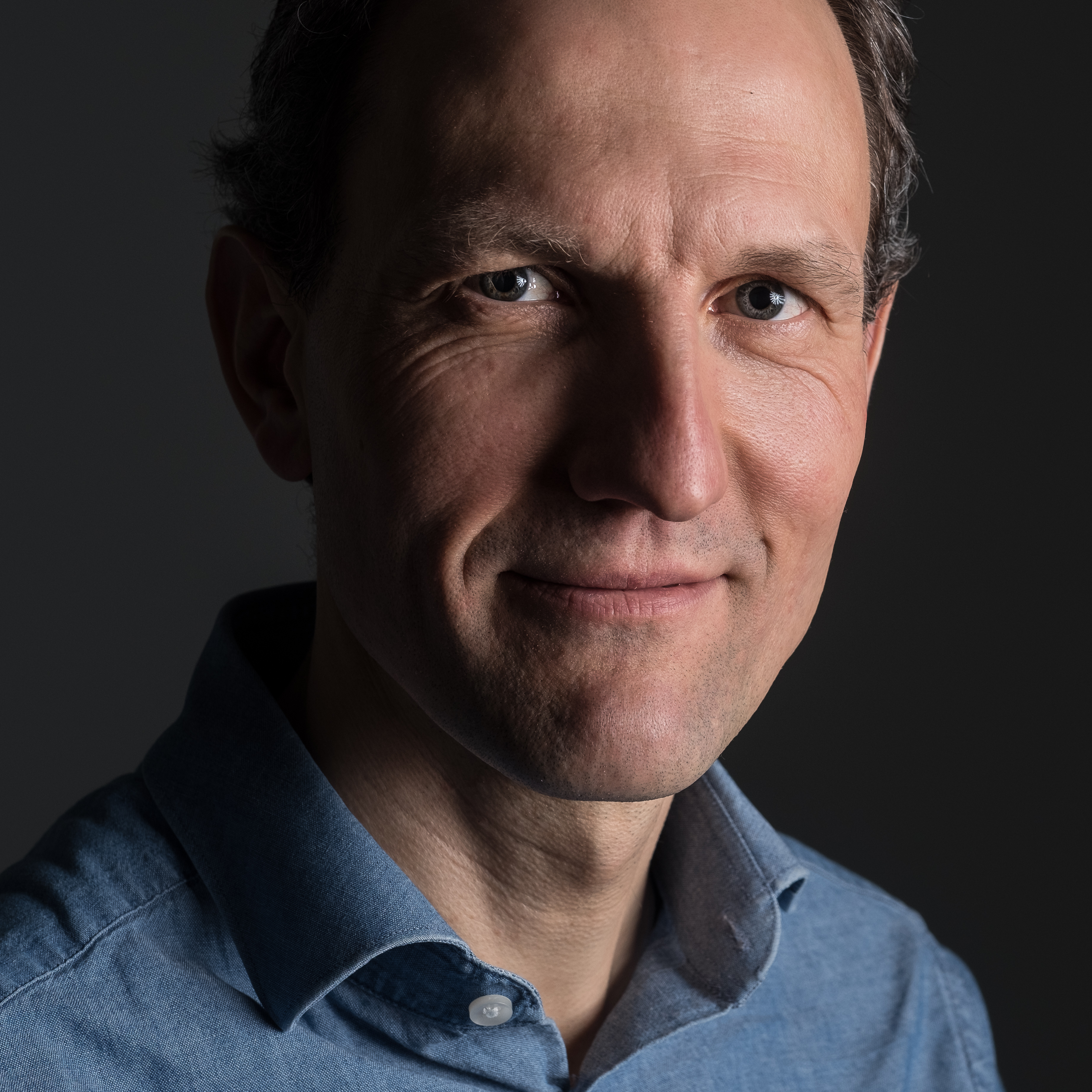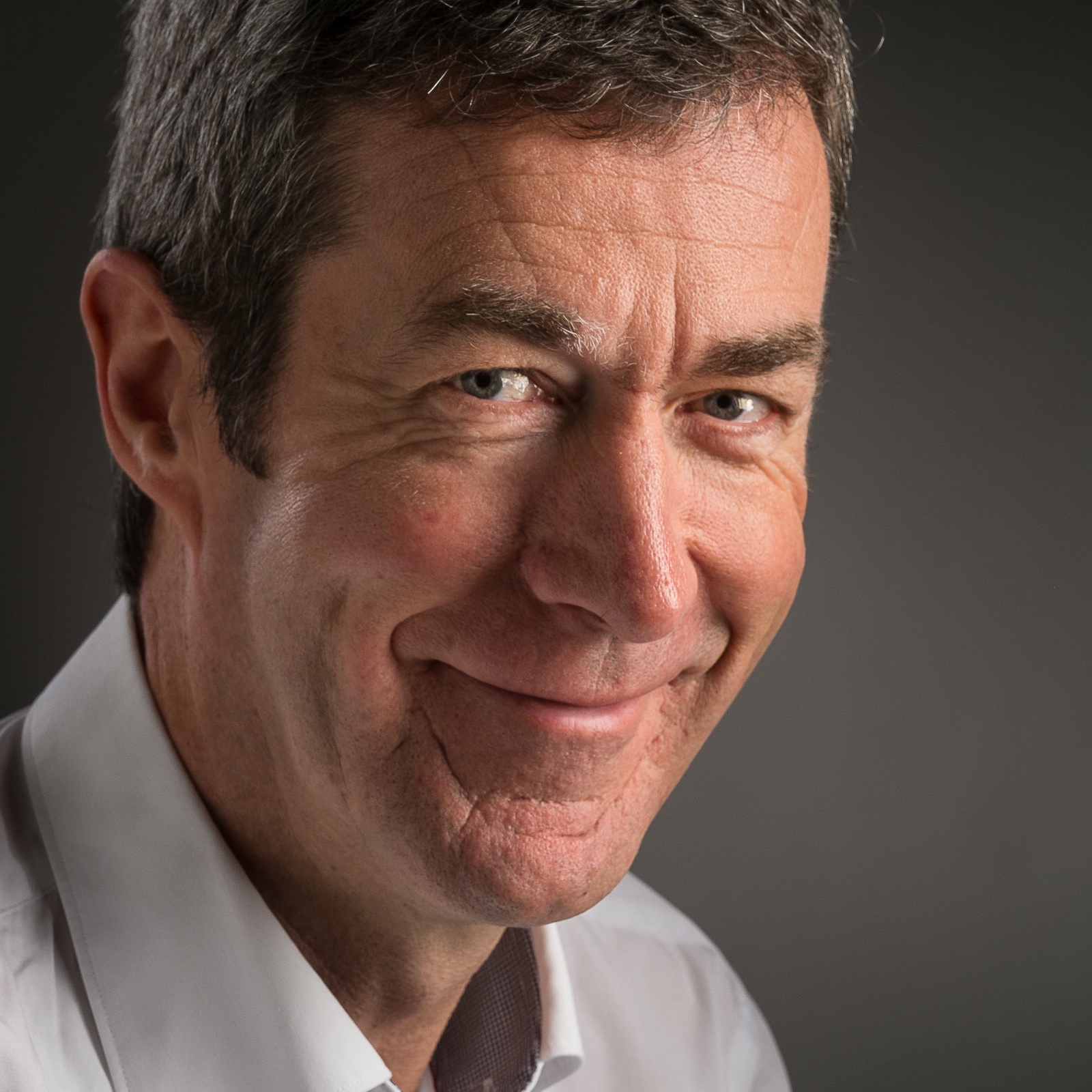New core processes
Update your 'operating system': how you decide, meet, communicate, develop, structure and strategise.
Fluid action circles
Let everyone spin their 'action circle': sense, share, decide and act. No need for hierarchy.
Stability due to hierarchy
Pure self-management often leads to unresolved differences and an unsafe climate. Used wisely and selectively, hierarchy brings the stability needed for progress.
Practical and doable building blocks
With a mix of self-management and hierarchy you pave the road for true engagement and real use of the collective intelligence of the organisation. Step by step.
Stay flexible in a rapidly changing world
Better collaboration allows you to quickly adapt and act in the face of change. Learn pragmatic approaches packaged in a unique mix of theory and a clarifying business story.
"Learn as CEO Anna discovers the balance between management and self-management. This book provides useful building blocks to turn your organisation into a fluid organisation able to withstand the unpredictable changes coming our way."
Fons Leroy – CEO VDAB
"There is a lot of talk on this topic. With the practical approach in this book, teams and organisations can really make it happen. We have tested and tuned it in our companies and it really works."
Martijn van der Erve – CEO Erve Group
"About the three-step meeting: an extraordinary method, but much more than that: an adventure nudging our management team to make the changes essential to a more fluid organisation."
Veerle Hendrickx – Managing Director KdG
One building block at a time
Chapter 1: The Fluid Organisation
A fresh new look at organisations, personal growth, change and resistance go hand in hand.
Chapter 2: No Objection Decision-Making
Getting advice and input, dealing with objections, what to do in case of conflict.
Chapter 3: The Three-Step Meeting
A listening round, updates and topics, focus on next actions, cultural challenges.
Chapter 4: Connecting Communication
Dare to address challenging topics, the three processes in connecting communication.
Chapter 5: Fluid Strategy
Jointly set the course, build on prior building blocks, strategy days and follow up.
Chapter 6: Fluid Structure
Easily adapt and anticipate with a fluid set of teams and baskets of roles.
Chapter 7: RDA Flow
Personal and team development in focus with Results and Development Actions (RDAs).
Chapter 8: How to get going
Focus on business challenges, start small, taken it step by step, adapt as you go, create an organisation improvement team.
Read. Discuss. Change.
Changing the core processes of your organisation is easier than you might think.
info@fluidorganisation.com

Arne de Vet
Arne de Vet supports businesses and their leaders in strategy and organisation. He has served companies around the world as a consultant with McKinsey & Company, gained a PhD in social-cognitive psychology and lectured in management and organisation at the University of Tilburg, Netherlands.

Filip Lowette
Filip helps management teams and boards of directors resolve 'under the table' issues of personal dynamics. Once a year he runs a life-changing personal development program for leaders. Previously he was himself a case leader at The Boston Consulting Group.

